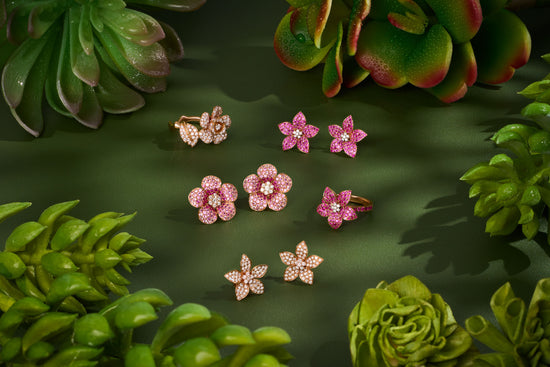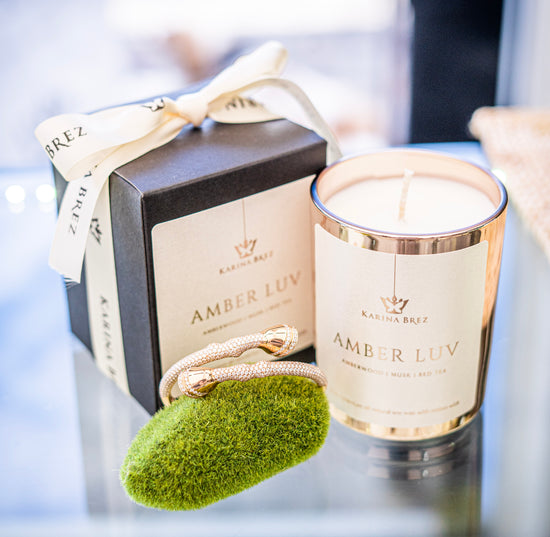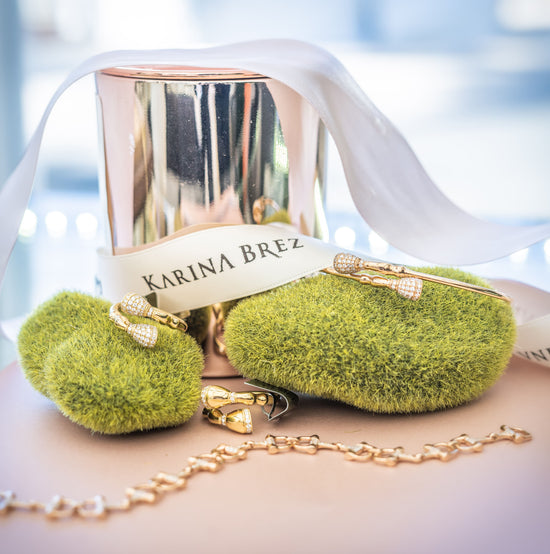The Drum Horse is a heavy draft horse. The modern breed is still based on the Life Guards used in the British Royal Household Cavalry. Throughout history, only geldings that met the breed genetic standards could perform in the Queen’s Calvary and the required processions.
Drum Horses are not officially recognized as a formal breed as of 2017, but progress is being made toward that goal. The purpose of the breed is to develop a new heavy horse that examples the best traits and features of its foundation breeds: Clydesdales, Shires, and Gypsies (or Gypsy Cobs, if one prefers).
Drum Horses must display good character. They must serve as an active, but sensible partner.
To accomplish the goals of the breed, three specific classifications have been formalized by the breed association.
F1 Drum Horses are 50% Gypsy and either Clydesdale or Shire in the mix.
F2 Drum Horses are between 25-49% Gypsy with Clydesdale or Shire lineage.
F3 Drum Horses are between 6.25-24% Gypsy with Clydesdale or Shire bloodlines.
There is a fourth category, referred to as a “Premium Drum Horse.” A Premium horse can be classified as an F1, F2, or F3 Drum Horse. These horses must be a minimum of 16 hands high, have the height be certified by a veterinarian or a representative of the association, and be at least 7 years old.
Since the creation of the Foundation Studbook, purebred Shires, Clydesdales, and Gypsy Horses or an approved combination can be crossed with other horses to produce foals that would qualify as a Drum Horse. All foundation horses must be registered with their own registry in addition to the Foundation Studbook to qualify with the International Drum Horse Association.
What Is the History of the Drum Horse?
Drum Horses are one of the few breeds that were named after the job they were required to perform. Their responsibility was to carry two large, solid sliver kettle drums. The riders were fully outfitted as well and the two would be required to travel through large crowds. Reins for the Drum Horse were attached to the feet of the rider, which meant this breed needed exceptional calm and tremendous skill to get their job done.
In any British regiment, the Drum Horse is usually the most recognizable member of the group. It’s skewbald or piebald color tends to make it one of the most popular members of the regiment as well.
Now that there are no longer Queen’s processions, however, the Drum Horse is being redeveloped to handle several different tasks. There is beginning to be some breed differentials developed around the world as well.
Drum Horses in Europe are generally maintaining the historical breed standards that have been in place. The International Drum Horse Association has made certain changes in the 21st century to help develop the breed with formalized standards, but there is still some variability.
American Drum Horses do not have the same coat color preferences as their counterparts. There is preference for pinto horses in the United States and registry is not required for the horse to have the status as a Drum Horse.
The modern Drum Horse may still be used for parades and shows, but their strength today is in a riding discipline. They are successful on trails when taller or heavier riders want to have a recreational experience. Drum Horses can excel in pleasure driving because of their calm nature.
Drum Horses must have a proven combination of genetics from specific breeds to register with the International Drum Horse Association. Gypsy Horses, Clydesdales, and Shires are all approved, but specific combinations are required. A horse qualifies as a Drum Horse if it has at least 1/8 Gypsy Horse blood, but no single breed can provide more than 7/8 of the genetic profile.
Since 2015, new Drum Horse registrations limit the amount of Gypsy Horse genetics to 50%. A horse foaled after 2015 that is more than 50% Gypsy Horse is placed in the foundation book for the breed instead.
Important Characteristics of the Drum Horse
A Drum Horse should be elegant, strong, and agile. There must be a willingness for athleticism, but there must also be a talent for repetitive skill-building.
Ideal Drum Horses should move naturally. There should be a forward presence and impulsion with the three gaits of this breed. The canter should be a 3-beat gait with balance, while the trot must be straight, balanced, and coordinated. The walk of the Drum Horse should be a 4-beat gait that is consistent.
This makes the Drum Horse a well-muscled horse, comparable in weight to other heavy draft horses, and have a strong, good-quality skeletal structure. Although there are no breed standards for height currently published, there is an official recommendation that breeders work toward a height minimum of 16 hands high.
The tail and mane should be abundant, but still appear to be natural when viewed from a distance. Feathering is required and is preferred with a starting point above the fetlock. It should run down the leg so the entire hoof is covered. Curly hair is allowed in the feathering, but it must be silky and soft.
Tail docking is not permitted. Clipping the belly hair, ear hair, along the jaw, and trimming the bridle path is permitted to some extent.
The head of a Drum Horse should be in good proportion to its body. A wide forehead and poll are desired, but not to the extent that it affects the visual proportionality of the horse. A square jaw and muzzle are required, tying cleanly into the rest of the head. Eyes are kind, expressive, and intelligent. Any color of eyes is allowed and straight or convex profiles are permitted, though they must work with the body type of the horse.
\nA black leopard Gypsy Drum Horse stallion (a cross between a Gypsy Cob and a Shire or Clydesdale). Named for parade drummers who ride them. pic.twitter.com/eQ697A1UrE
— Stacy Barrington (@StacyMichelleB) May 21, 2017
The chest of a Drum Horse should be broad and deep. Shoulders should be set apart in a way that makes sense to the proportions of the horse. Muscular definition should be seen throughout.
In addition to the skewbald and piebald coat coloration, solid-color coats are frequent for Drum Horses. With Shire and Clydesdale genetics included, many Drum Horses have heavy feathering around their hooves. White stockings on the horse are common, as are white markings on the muzzle and face.
Drum Horses must be able to carry more weight than the average horse. With the rider, their apparel, and the drums combined, it is not unusual for the horse to be responsible for more than 300 pounds.
Their temperament is generally coldblooded because of the Shire and Clydesdale bloodlines, but Drum Horses can be quite spirited when they approach the maximum level of Gypsy Cob blood.
Health Concerns with the Drum Horse
Keeping a large horse healthy can be a challenge. Daily grooming, regular veterinarian checkups, and regular hygiene must be performed.
Foot issues must be quickly addressed because of the size and weight of the Drum Horse. If there isn’t enough of a heel to the hoof, then the frog and its underlying structures can become inflamed or damaged, which leads to eventual lameness. Laminitis is a large risk for any heavy draft horse, especially when their weight exceeds 2,000 pounds.
Because of the extensive feathering and the structure of the hoof, regular cleaning is required to protect the health of a Drum Horse. Thrush and canker are common. Since many Drum Horses don’t like to raise a hoof for cleaning, proactive measures are often required to prevent infections. Even the feathering can lead to rain rot or secondary infections if the silky hairs keep enough moisture trapped within.
Drum Horses are also susceptible to bone spavin in the lower hock joints and the ringbone in the pasterns. Horses that work often have a higher risk of developing these issues. Osteochondrosis is also relatively common within this breed.
Stringhalt is also a possibility with Drum Horses that are on the heavy side, but still prefer to be athletic. This issue causes them to snatch up their hind leg suddenly. It is a neuromuscular disorder which often requires surgery to correct.
To avoid increased risks in many of these areas, Drum Horses are recommended to be evaluated using a body condition score so that they can maintain an appropriate weight for their size and structure.
The Future of the Drum Horse
With recent changes to the genetic profile and expectations for registry with the Drum Horse, the future for this breed looks bright indeed. Although it may not be officially recognized as a breed right now, the day is coming soon when that will occur. If breeders continue to follow the recommendations of the International Drum Horse Association, that day will be sooner rather than later.
Heavy draft horses continue to grow in popularity and the Drum Horse, though not needed for its traditional role in history, fits into that mold.





